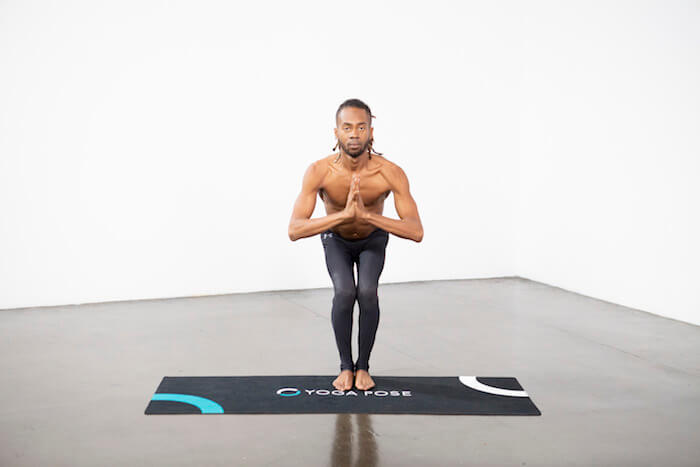The Do This, Get That Guide On Yoga Crow Pose
페이지 정보
작성자 Hosea 댓글 0건 조회 3회 작성일 25-01-20 16:36본문
It’s essential to have a good grasp of basic yoga principles and a certain level of physical fitness. Another good way to start using the arm and core muscles more is in your transitions. Engage your core: Activate your abdominal muscles to help maintain balance. Understanding how to activate these muscles will significantly help when attempting the Flying Crow Pose. Engaging core muscles and enhancing lower body strength are key benefits these types of yoga poses offer. Remember, patience and consistent practice are key. These adjustments are designed to help you gradually build up strength and confidence in the pose. This will help you get over your fear of falling forward. These poses will help build the necessary arm strength and teach you how to engage your shoulders and arms effectively. In Warrior 2, you can concentrate on spreading your arms as wide as possible while keeping your breath in order. Instead, focus on keeping your weight centered and your shoulders stacked directly over your wrists. If your hands and/or wrists are sensitive, Yoga Crow Pose feel free to practice this pose on your forearms.
Try to keep your elbows free and away from your body. 9. Begin to straighten your elbows. Bend your elbows slightly: Think of a Chaturanga arm position, where your elbows are bent and tucked close to your body. We are here with Sam Abraham, found of S.A.Y., where every day is namaste. Day 3 - In this 30 minute class, Kirra focuses on the skills required for practicing Eka Pada Koundinyasana II. And Yoga is something that I go back to every day for my "moksha"- liberation and introspection. As a forward fold, it can also provide some relief for tension in the lower back and an opening for the side body. As you engage in this pose, you’re not just working your muscles; you’re opening a dialogue between your body and mind, fostering a deeper understanding of your physical and mental self. The woes of slippery yoga mats are more than just an annoyance-you could be opening yourself up to the possibility of injury. Strong arms are also essential for holding the pose. Strong arms are crucial for supporting your body weight in the Flying Crow Pose. 1. With strong arms and core, lift your other foot off the ground, balancing on your hands with your feet off the floor.

Feel the strength of your upper arms activating. Lift your other foot: Once you feel stable, slowly lift your other foot off the ground, bringing it close to your buttocks. As you lift your feet off the ground, focus on keeping your balance on your hands and keeping your gaze forward. Begin in a squatting position: Start by squatting down, keeping your feet a few inches apart. It can be helpful in the beginning to squat on a block or any other elevated surface to keep the feet a few inches off the floor. Gently contract and lift your pelvic floor. Engage your triceps and use your core strength to lift your hips and keep your body in the proper alignment. Let’s explore the steps and techniques necessary to perform this asana with proper alignment and form. The dynamic alignment between the left elbow and knees bent to the left side stimulates the internal organs promoting healthier digestion. One-Legged Variation: Instead of extending the lifted leg fully, keep it bent at the knee. The grounded leg acts as the fulcrum, ensuring stability and creating a seamless platform for flight. 3. Leg Lifts: Enhance leg strength and stability by incorporating leg lifts into your regimen.
Boat Pose: Elevate your legs and upper body, sculpting the abdominal muscles and enhancing overall stability. As one navigates through weight forwards onto their upper arms, it further engages lower body muscles whilst enhancing balance technique. Shift your weight forward until your knees come to rest on the backs of your arms, as close to the armpit as possible. The mountain pose stabilizes your footing and improves balance - crucial for when you need to shift your weight forward onto your hands in the crow pose. The Flying Crow Pose is considered an advanced yoga posture. Mastering the Eka Pada Galavasana, or Flying Crow Pose, is a journey of balance, strength, and focus. Now that you have learned how to do crow pose, we encourage you to continue practicing and incorporating it into your yoga routine. Now it’s time for you to Master Your Crow. The Side Crow Pose is a challenging yet deeply rewarding yoga pose that takes practice to master. Before you embark on the journey of mastering the Flying Crow Pose (Eka Pada Galavasana), it’s important to establish a solid foundation.
댓글목록
등록된 댓글이 없습니다.

